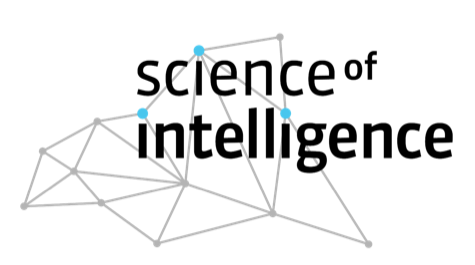Active Interconnections
The principle of active interconnections states that the components of an intelligent system (for example, the different areas in the brain) must communicate with each other via active interconnections. An interconnection is active if it shapes the information being passed in accordance with the state of the overall system.
Intelligent systems, such as the brain or a flock of birds, consist of different areas, all connected with one another. At SCIoI we have found that, inside any system that we consider intelligent, these interconnections, which participate in information processing, are flexible, adaptable, and able to combine information in novel ways depending on the situation.
In other words, they are active, as opposed to the passive interconnections occurring in non-intelligent systems like engineereing systems such as a car or a washing machine. Here the interconnections are sparse, predetermined, they merely transmit data. As we have observed active interconnections in many instances of intelligent systems, we were able to derive a principle from it.
This principle represents a fundamental shift in how we conceptualize intelligent systems, purporting that true intelligence emerges not just from sophisticated components, but from the rich, adaptive relationships between them.
To summarize, an active itnerconnection is an adaptive medium that enables the interoperation of different parts of an intelligent system. Different intelligent systems present active interconnections at different scales. At SCIoI, we believe that this recurring pattern that is found in what are believed to be intelligent systems forms one of the most fundamental elements of intelligence.




